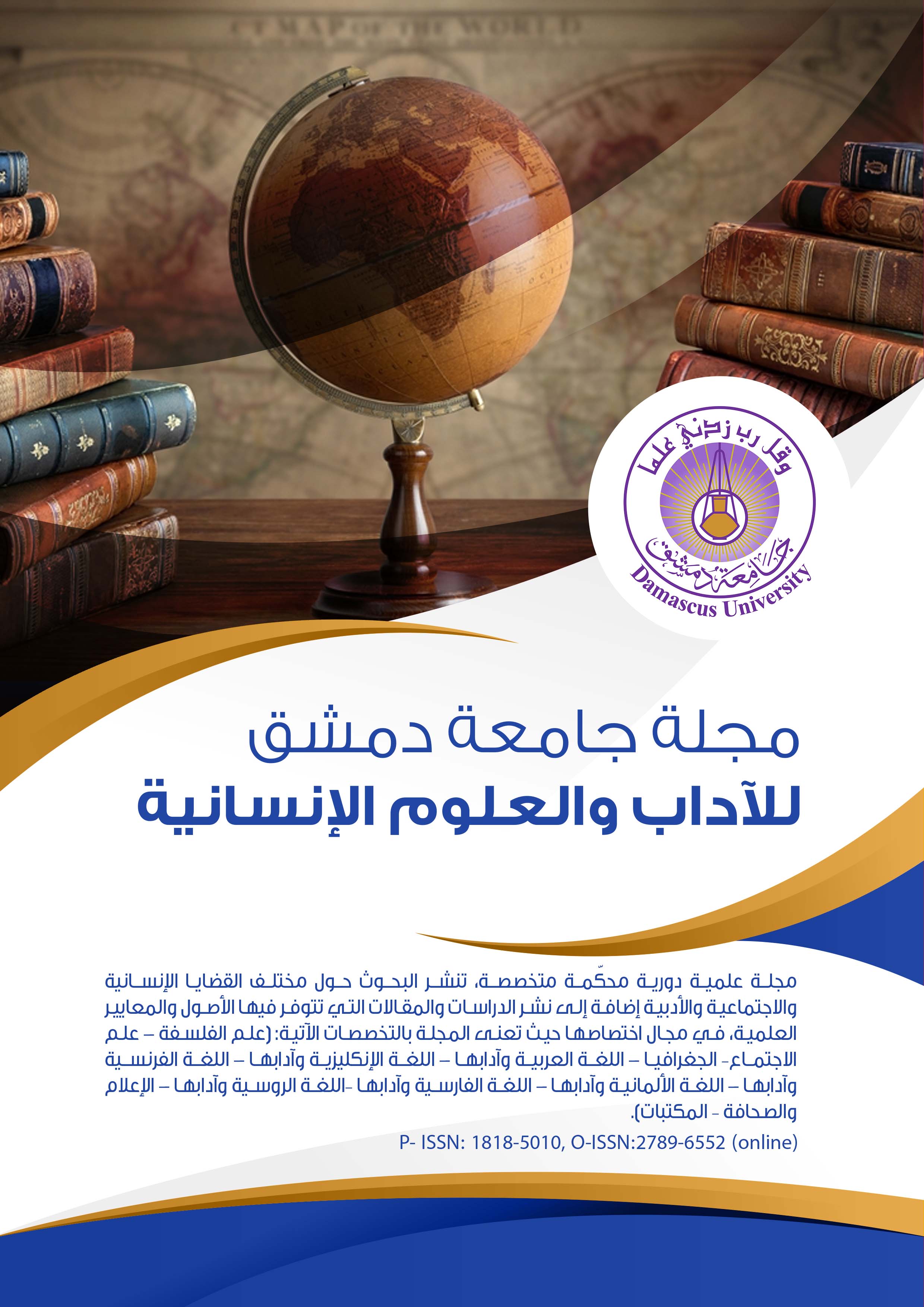The Aesthetic Experience in the poetry of Al-Ahwas
Keywords:
Aesthetic Experience, Aesthetic Values, Al-Ahwas, Umayyad EraAbstract
Ancient Arabic poetry is a fertile field for rich studies taking place around it, drawing from many sources, all of which pour into ways of serving it and highlighting the aspects of creativity and beauty in it. This research comes to address ancient Arabic poetry from a new critical point of view, and it studies (the aesthetic experience in the poetry of Al-Ahwas), In an attempt to understand the concept of aesthetic experience, from a purely theoretical and philosophical angle, before moving on to application, by studying examples from Al-Ahwas poetry, in which the dimensions of life experience, including its richness and diversity, are reflected in the aesthetic artistic experience, and revealing the manifestations of aesthetic values - positive ones in a way Special - in the content (moral) aspects, and in the formal and technical aspects The research reached a number of results, which are summarized in the fact that the life experience of the creator is fused in his creative work and reflected in
it, with the need to be aware that the reflection is neither automatic nor specular, and that the creative work cannot be a documentation of the life of its owner, because of the nature of creativity and the means of artistic formation. This experience is transmitted aesthetically and artistically to the recipient, and he lives by receiving it his own experience, thus achieving the lofty goal of the artistic work.
It also became clear that the creator is inseparable from his reality, and aesthetic values that are compatible with the prevailing values in his environment, society, and era are evident in his creative work. This result is related to the dependence of the artistic experience on life experience in the first place. Then creative works differentiate and vary in the way value is represented and transferred according to the breadth of experience and expertise, and in view of the individual differences between one creator and others.
The nature of the research required the adoption of the descriptive approach in the necessary areas, and the use of linguistic and artistic analysis in the study of poetry, in addition to the use of aesthetics tools.

